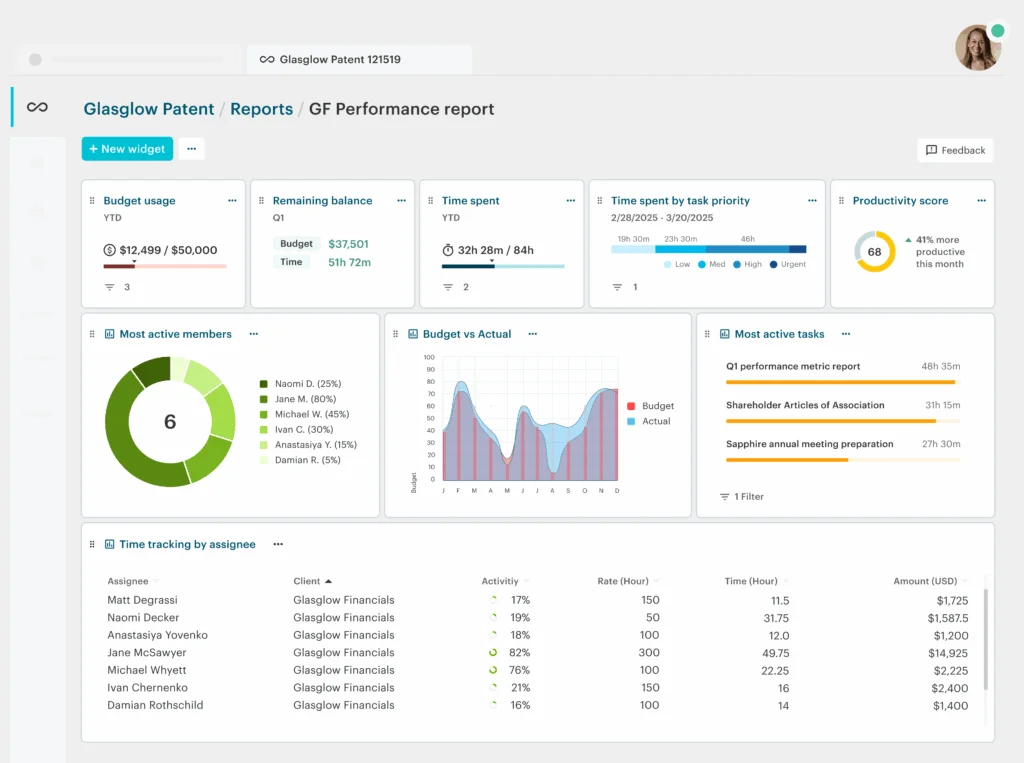“Knowledge workers”, a common label to refer to those in the professional services industry, trade in information. Communication is essential, as these professionals are measured by their ability to gather and share experiences and insights with clarity, consistency and, increasingly, speed. To access, organize and distribute the information so vital to success, knowledge workers interface with many technology tools. For example, it is not at all uncommon that the average knowledge worker interacts with 10 or more tools on a regular basis.
This proliferation of technology has transferred new burdens onto professionals. The result can be counterproductive as the promises of productivity and efficiency are overwhelmed by lack of consistency, connectedness and communication among systems. The very systems designed to help us better share information with our colleagues and customers fail to share information themselves.
These tools don’t interfere with our work, per se, but maybe they aren’t helping either. Why is this?
Problem #1: Email Drain
Email is the common denominator for knowledge workers and is the dominate communication vehicle. Email shoulders both synchronous and asynchronous communications. Email is often the de facto task management solution and an organization’s largest and most-critical knowledge and document management solution. Lastly, email is the backstop when other communications channels fail. How many emails are sent saying, “Did you see my text” or “Did you hear my voicemail?”
With so much expected of email, it’s no wonder that most knowledge workers are unsatisfied. Simply keeping up can lead to cognitive overload. Business critical information gets lost, and important, but non-urgent, communications are forgotten. Without the ability to effectively discriminate information by source, importance, urgency or responsibility, email will continue to leave knowledge workers frustrated and searching for better methods to manage the daily chaos. From sunrise to sunset, knowledge workers are constantly “catching up” or “cleaning up”. However, let’s not throw the proverbial “baby out with the bathwater”. Email serves a purpose, particularly around communication externally to an organization, but it has for too long been asked to serve almost every function of a professional’s daily life.
Problem #2: Systems Overload
Another challenge for knowledge workers is the sheer volume of tools that contain critical information. How often do professionals find themselves logging into this platform, and then that platform, and then another platform to get work done throughout the day? What about time spent relearning certain tools on a repeated basis, while also standing confused as to which tool is most appropriate for each situation? Under what circumstances is it best to email versus instant message, or copy one person versus a whole team? Does a document belong on the desktop or in a shared repository?
Each technology “point solution” solves a critical problem, which prompted adoption in the first place. But likely each solution was developed in isolation of the others without consideration for whether a common platform could help unite the individual capabilities into a cohesive package. This results in opening, minimizing and closing separate systems, along with moving and replicating data from one system to another. To realize the promise of efficiency, knowledge workers need one system to facilitate information management and exchange.
The Solution: Top-Level Collaboration Platforms
The good news is that technology has advanced to diminish these burdens. The future of business communication will be defined by all-in-one collaboration platforms that sit on top of the tools that professionals use daily and provide faster and more-organized dialogues with colleagues and customers. Knowledge workers will find critical information more quickly, recall non-urgent requests that require attention, and share experiences and insights seamlessly, both internally and externally to their organizations. Engagement with employees and customers will increase, which will translate into higher levels of satisfaction and loyalty.
With nearly two decades of experience in the legal and consulting industries, I recently joined the leadership team at Workstorm because of this vision that communication and collaboration can be made simpler. Workstorm’s platform solution helps professionals to lighten the load on email, message real-time, ensure that critical messages rise to the top, and bring teams into the office with one-click videoconferencing. Workstorm positions its proprietary messaging, videoconferencing and file management features alongside email, calendar and document management system integrations. The connectedness of a single system is unparalleled.
In the highly-competitive professional services industry, the best-performing companies will seek out and adopt new technologies, such as Workstorm, that give them an edge.


